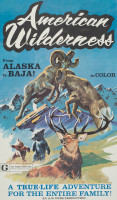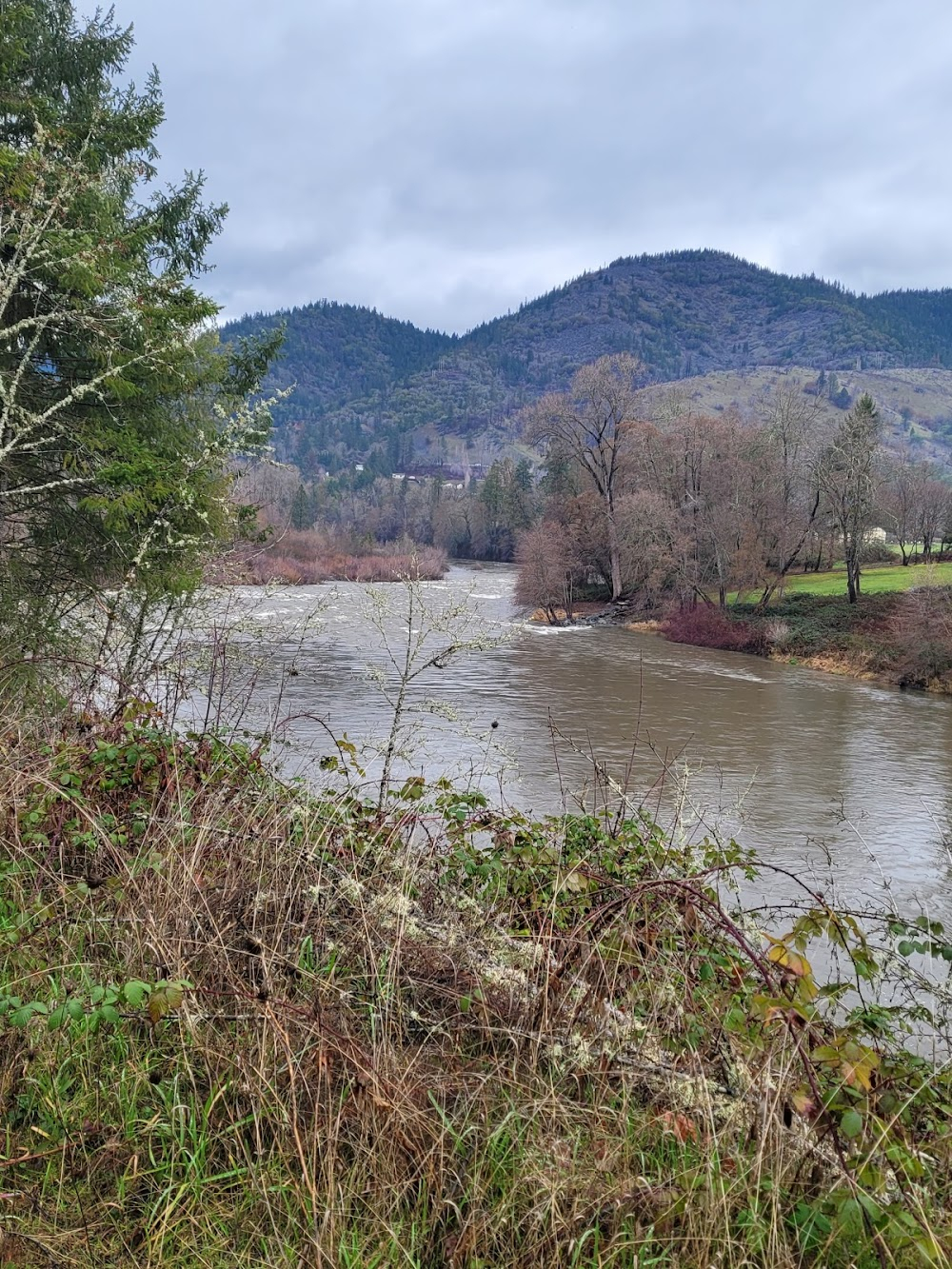American Wilderness Filming Locations

Where was American Wilderness filmed? American Wilderness was filmed in 2 locations across United States in the following places:
American Wilderness Filming Locations
Oregon is a state in the Pacific Northwest region of the United States. Oregon is a part of the Western United States, with the Columbia River delineating much of Oregon's northern boundary with Washington, while the Snake River delineates much of its eastern boundary with Idaho.
American Wilderness (1970)
In this documentary, the wilds of Baja California, Mexico, Oregon, British Columbia and Alaska are shown as big gamer hunter Arthur R. Dubs tracks horned sheep and a polar bear in the North American wilderness, along the way seeing wild stallions, frolicking bear cubs, herds of elk and mule deer. Between adventures, Dubs, who is described in the film as a "bachelor father," is shown rafting and boating with his three daughters on the Rogue River near his home in Southern Oregon, an area that inspired many of the popular stories by American novelist Zane Grey. The first part of the film follows Dubs and his colleagues on four hunting trips to remote areas of the continent. Abiding by a code of conduct and ethical hunting standards developed for sportsmen by The Boone and Crockett Club, Dubs sets out to fulfill his lifelong dream of collecting trophy heads of four subspecies of sheep found on the North American continent: the Desert Sheep of western United States and Mexico; the Big Horn of British Columbia and Alberta, Canada and the Northern U.S.; Stone's Sheep of the Rocky Mountains; and the Dall's Sheep, found in the Yukon and in Alaska. The film documents Dubs's activities over seven years and on four separate trips as he pursues his prey, showing the dangers he and his colleagues surmount and the sights of animals and natural beauty they encounter. Dubs succeeds in his goal of shooting animals of record-breaking size, while being careful to select only mature animals near the end of their life, killing them quickly and saving them from a slow and painful death caused by other animals or weather. After each trip, the animal is measured by game officials, according to Boone and Crockett Club procedures, and compared with the specimens of other hunters over the years in order to determine its score and rank. Having placed the trophy heads of the four sheep on his wall, Dubs goes on other hunts. In the Great Sandy Desert of southeast Oregon, Dubs and his colleagues see antelope, stallions and bald eagles. They fish in a beaver pond, tell yarns around the campfire and one of his colleagues shoots a four-point trophy buck. Upon returning home, after reading about a thirteen-foot high bear that has been terrorizing Eskimo villages, Dubs makes arrangements for a new hunt. He and his friends fly to Anchorage and from there take a small craft flown by a bush pilot past Mount McKinley, where they fly into a snowstorm. Needing a place to refuel, they land near the cabin of Tex, a hospitable refugee from Berkeley, California, who is creating for himself a simpler life, living alone with his wolf companion, Luke. After refueling, Dub and his partners follow a tributary of the Yukon River to Point Hope, Alaska, located one hundred miles north of the Arctic Circle. There the natives are undeterred by a blizzard, but are concerned about the mutilation of one of their huskies by the huge bear known to them as the "White Fury." When the weather clears, Dubs and his friends search for the bear by plane, and then land near the remains of one of its kills. After covering the plane to keep the oil from freezing, they set out by foot. A seal killed by the bear marks his recent location. After spotting the bear they must take fast action, because the animal, which can move at great speed, is heading toward them. An avalanche breaks the ice around them, putting them in great jeopardy of being swallowed up into the ground. With three shots, Dubs kills the animal and he and his companions work quickly to strip his skin and take his head, as his full body is too heavy to take back to the village. They return to the village, two and a half hours away, just as the sun sets. That evening, the Eskimo women prepare the bear's hide and head to be shipped. Although they cannot be sure that this bear is the legendary one, it is the largest they have ever seen, and the village holds a great victory celebration in their traditional style. Upon returning to the United States, the animal is measured and declared to be the world's largest bear, which the newspapers report. The head is sent around the world and displayed at various events. The film ends with the hope that these stories will encourage other expeditions into the American wilderness.

